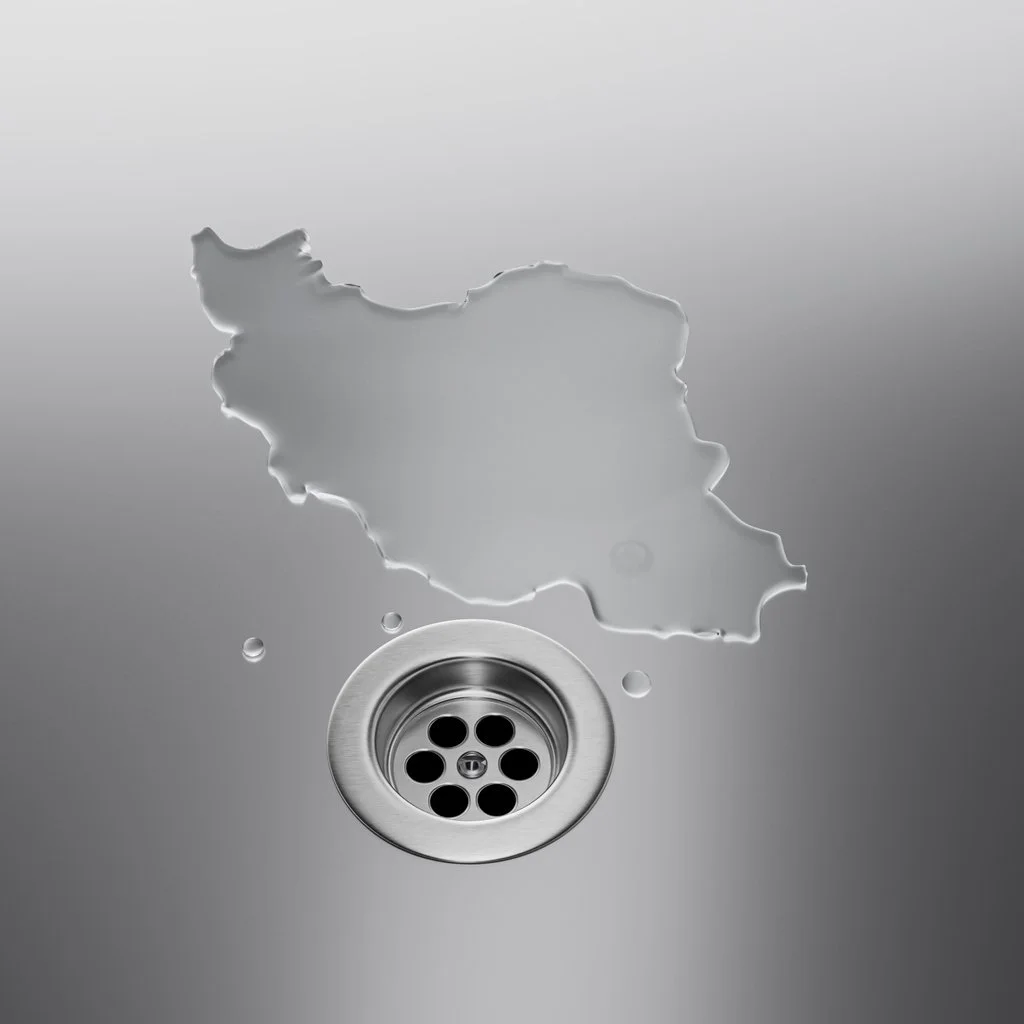Tehran is the latest example of a self-inflicted wound in the water sphere. It is inconceivable that the capital of a nation, a city of nearly ten million, may have to be evacuated. Why? Not Israel’s 12-day war, not a limited US attack on nuclear facilities (with questionable results), but by Iran’s own mismanagement.
Two decades of dryness and six years of severe drought has caught up to the Islamic Republic. Normally, such a climactic event would not severely challenge a well-planned resilient municipal water system. Not so in Iran, where over-consumption, mismanagement, and corruption have led municipal reservoirs being less than 5% of capacity and the government privately planning for evacuations.
While the West has long wished for the Islamic Republic to fall, it may well be civil unrest from within that effects change. Already, there have been student protests over water shortages at Tehran’s Al-Zahara University, and discontent among the populous who blame the rigidly controlled clerical government.
The Central Intelligence Agency publishes The World Factbook, the latest having been published in 2021. A 2012 Global Water Security, Intelligence Community Assessment developed at the request of the Department of State, identified water stress, particularly in the Tigris-Euphrates, Nile, Jordan, and Indus basins. Taken together, these studies reveal that stress caused by water shortages stands as one, if not the primary, threats to regional instability.
Why doesn’t Iran have ample water? Iran shares the Tigris and Euphrates with Turkey, Syria, Kuwait, and Iraq. While Iran’s watercourses are not major contributors to the basin, the Shatt al-Sarab waterway, formed where the Tigris and Euphrates merge, serves as a boundary between Iraq and Iran. Iran must make do with what it has. Groundwater over-pumping has depleted sources, made land unfertile due to salinization, and land subsidence is common. Iran’s climate is dry save for the rainy season between October and March. That translates for the need for storage (reservoirs). Tehran’s supply comes largely from the Lar River fed from the Alborz mountain range that separates Tehran from the freshwater Caspian Sea to the North. Supplies exist, infrastructure does not. That’s mismanagement.
Iran is rich in natural resources: oil, natural gas, chromium, copper, iron ore, lead, manganese, zinc, and sulfur. It’s governance has frustrated business dealings necessary for the country to develop and market these resources. Over 86% of the population is below 54. Over 75% of the population is urban and they are well educated. That is recipe for regime change by civil unrest fueled by water scarcity.

